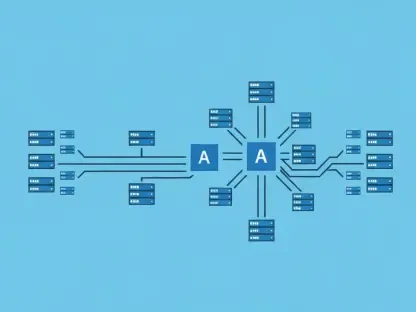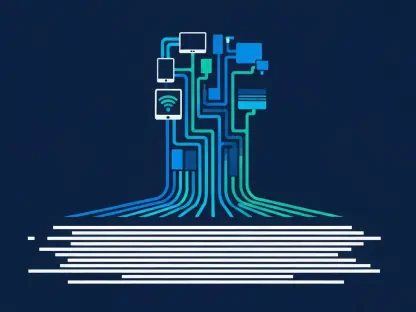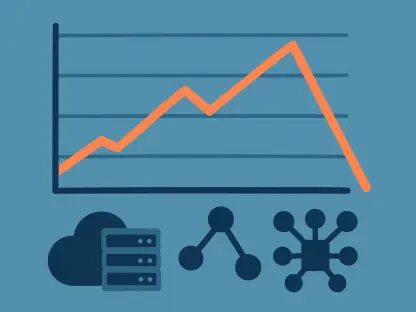One of the positive remnants of the global pandemic is remote working policies. Employees experience increased work-life balance, employers gain more productive hours from their staff, and even the planet benefits from the reduced emissions from daily commuters. Managing remote project teams, often across time zones and geographies, can be a daunting task, but the right project management (PM) software can help streamline team efforts and spotlight efficiency. Before we get into the various software tools available, it’s worthwhile to explore the many needs of remote project managers, and the type of features and functions to prioritize when looking to onboard new software.
Project Planning and Scheduling
Planning and scheduling are central to the efficiency of any project team, remote or in-person. This is a central offering to almost all project management software tools, allowing you to assign tasks (individual or shared) among the team, with indicators for priority and status. In project and scheduling, shared calendars are another essential feature, ensuring everyone can see deadlines, easily plan meetings, and hold each other accountable. The last crucial factor to consider when choosing a project management tool is the visual element of planning and scheduling. The best options are tools that don’t limit choice, as different projects, teams, and individuals prefer different visual aids to chart progress, from List and Boards to Gantt Charts and tables.
Collaboration and communication
Team communication in remote project teams is crucial, and can come under strain with remote teams across different timezones. To enable seamless communication, project management software tools often offer features like team dashboards, file sharing, and in-app messaging. When software tools don’t have native collaboration features, they often integrate with 3rd party providers like Google Drive, Dropbox, or Slack. Team dashboards are especially useful to project managers, giving them access to the overall project progress across various teams.
Time Logging and Tracking
For project managers working across remote teams, micromanagement simply isn’t an option. For managers working in different time zones, even weekly check-ins can prove challenging to schedule. In this regard, time logging and tracking are essential to establish how long employees are spending on tasks, and projecting how long a project would take to complete. For some organizations, time tracking and logging features are essential to accurate pay, especially when projects are billed against an hourly rate. Some of the main issues with 3rd party time tracking tools are that team members often forget to use them, and managers can struggle with aggregating data from different sources.
Reporting and Analytics
In keeping with the theme of reducing friction and enhancing efficiency, product managers need a software tool that assists with generating reports and contains embedded analytics. Good PM software should be able to extrapolate project data and create visualizations. Generally, reports detail the number of tasks completed, hours spent on each, and expenses incurred against these. Reports are crucial for detailing project overviews and will allow project managers to course correct, explore best practices, and reward outstanding performance accordingly. If there are issues within a project team, it’ll be easy to find and fix, powered by data and visual references.
Project Budget Management
According to the Project Management Institute, 35% of project failures in 2021 were attributed to poor budget management. This is intrinsic to the role of the project manager. When considering PM software tools, budget management features should allow for setting time and budget costs; further, the tool should notify PMs when employees are close to maximizing their allotted hours. This helps project managers stay abreast of overhead costs. Should issues arise, PMs can quickly and easily make adjustments and reallocate resources accordingly.
Integration and Customization
Project management tools need to work for the manager and their team. In instances where standard PM software doesn’t meet all the needs of a team, integration and customization become important; for remote teams, this is particularly relevant. In cases where project workflows are well-established and can’t be modified for the sake of project management, integration and customization are necessary to once again reduce friction for team members. This allows project managers to stay on top of the overall scope of goals and objectives.
Top Three Tools for 2024
To help you narrow down your list of tools that focus on the features and functions mentioned above, here’s a list of the top five tools for remote project managers.
Trello
Trello has been a staple in the arsenal of project managers since its launch in 2011. Boasting all the essential features for project management, Trello assists remote teams with seamless project collaboration across time zones and geographies. In terms of assisting with project planning and scheduling, Trello provides several options, including boards, lists, and cards. Each of these has a specific use case; boards are mainly used for project information display, lists are usually the titles of projects, while cards contain the to-do lists.
Best of Trello:
- Status updates assist with keeping up with tasks and tracking progress
- Reporting functionalities enhance resource allocation
- Workflows can be established via cards; due dates, label and custom fields can be added
- Integration is managed through power-ups, allowing PMs to add third-party apps and tools to Trello
Wrike
Wrike empowers project managers to oversee multiple projects and tasks simultaneously. With strong business collaboration and task management features, this tool is a favorite for remote working teams. For the project manager with a master to-do list, a project to-do list, and a general to-do list, Wrike is a dream. The user-activity stream shows updates on tasks, subtasks, and changes made in Projects or Folders. This allows PMs to keep track of everything, everywhere, all at once.
Best of Wrike:
- Tasks can be easily divided into projects or folders for easy management
- Excellent reporting and analytics
- PMs have approval management of tasks
- Wrike allows easy integration with third-party apps, especially Google Docs and Dropbox
- Essential time tracking tools
Monday.com
The adaptable task management solution in Monday.com makes it the solution of choice for service and IT industry professionals. As far as software tools are concerned, the UI is easy to use and intuitive, which only adds to its popularity and appeal. The variety of templates and column types allow for logging information and keeping track in one spot, while the display boards can be used to manage project information.
Best of Monday.com:
- Templates are customizable to team needs
- Ease of collaboration in the form of task forms, comments, and email notifications
- Mobile apps enable remote and on-the-go teamwork
- Easy file management
Conclusion
With project teams increasingly working remotely and in different locations and time zones, project managers need software tools that enable productivity, accountability, and collaboration. With multiple iterations of software tools, choosing the right solution for your team depends on requirements and ease of use. The goal of implementing and onboarding software tools is to enhance teamwork and reduce friction, regardless of where team members live and when they’re working. Remote working isn’t slowing down, and with a variety of tools, integrations, and customizations, PMs have the ability to choose and craft project management tools that suit all their needs.









